Have you ever pondered why appliances are currently priced so high? Allow us to provide some insight on the matter.
In this article, we’ll delve into the various factors contributing to the rising prices of appliances. From supply chain disruptions to increased demand and the impact of the global pandemic, we’ll explore the intricacies of this complex issue.
So, grab a cup of coffee and join us as we uncover the reasons behind the soaring costs of your everyday household appliances.
Key Takeaways
- Global pandemic and supply chain disruptions have caused a decrease in appliance availability and a surge in demand, leading to higher prices.
- Rising material costs, including energy costs and currency fluctuations, have further contributed to the expensive prices of appliances.
- The shortage of semiconductors, a crucial component for advanced functionalities, has disrupted appliance production and resulted in increased prices and longer wait times.
- Tariffs on raw materials and components, as well as changes in trade policies and trade barriers, have increased manufacturing costs and ultimately made appliances more expensive for consumers.
Supply Chain Disruptions
We have experienced significant supply chain disruptions, leading to a scarcity of appliances and driving up their prices substantially. The impact of the global pandemic has been far-reaching, affecting various industries, including the production and distribution of appliances.

With factories shutting down or operating at reduced capacity, the supply of appliances has been severely affected. Delays in shipping and transportation have further exacerbated the situation, causing disruptions in the entire supply chain.
As a result, the availability of appliances has dwindled, creating a surge in demand and allowing retailers to increase prices. Consumers now face the challenge of finding affordable appliances amidst this scarcity.
The supply chain disruptions caused by the global pandemic have undoubtedly contributed to the current high prices of appliances. Now, let’s delve into the next section and explore the impact of increased demand.
Increased Demand
Our recent research has shown a significant surge in demand for appliances, leading to their current high prices. As more and more people spend time at home due to the pandemic, the need for appliances has skyrocketed. This increased demand has put pressure on manufacturers to ramp up production to meet the market needs.

However, the challenges posed by supply chain disruptions and labor shortages have made it difficult for companies to increase production at the desired pace. Additionally, market competition has intensified, with consumers eagerly purchasing appliances as soon as they become available, further driving up prices.
The combination of increased demand and limited supply has created a situation where appliance prices remain high. Nevertheless, another factor contributing to the high cost of appliances is rising material costs, which we’ll explore in the next section.
Rising Material Costs
The surge in demand for appliances has resulted in their current high prices. One contributing factor to this is the rising costs of materials. As the global economy recovers from the impacts of the pandemic, we’re witnessing a sharp increase in energy costs. This rise in energy costs directly affects the production and transportation of raw materials needed for appliances.
Additionally, currency fluctuations have added to the rising material costs. Fluctuating exchange rates make it difficult for manufacturers to accurately predict and manage their expenses, leading to higher prices for consumers. These factors, combined with the increased demand for appliances, have created the perfect storm for rising material costs.
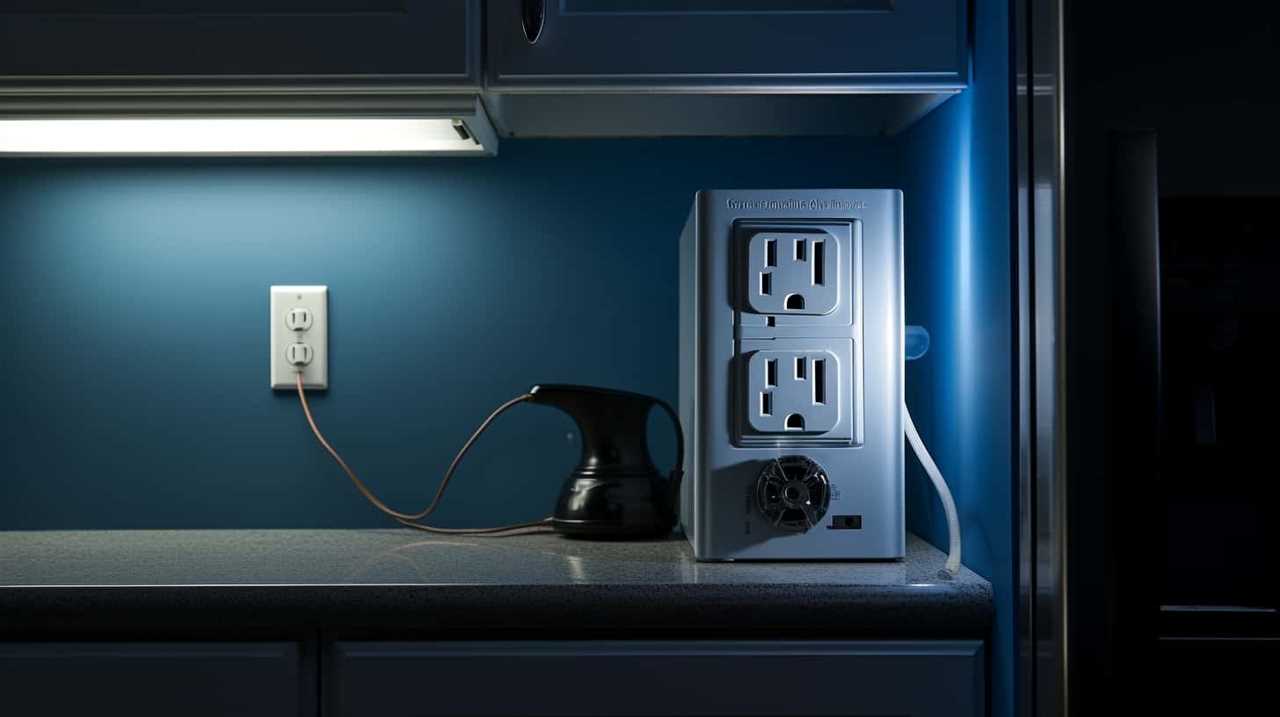
As a result, manufacturers are forced to pass on these increased costs to consumers, resulting in the current expensive prices of appliances.
Shortage of Semiconductors
Experiencing a shortage of semiconductors, the market for appliances is facing further challenges in meeting consumer demand. The semiconductor shortage, caused by a combination of increased demand and manufacturing delays, has disrupted the supply chain and led to significant production delays.
Semiconductors are a crucial component in the manufacturing of appliances, as they power the advanced functionalities and features that consumers expect. This shortage has resulted in reduced availability of appliances, leading to increased prices and longer wait times for consumers.
Manufacturers are struggling to secure an adequate supply of semiconductors, as the demand for these chips continues to rise across various industries. As a result, consumers may need to exercise patience and expect higher prices until the semiconductor shortage is resolved.
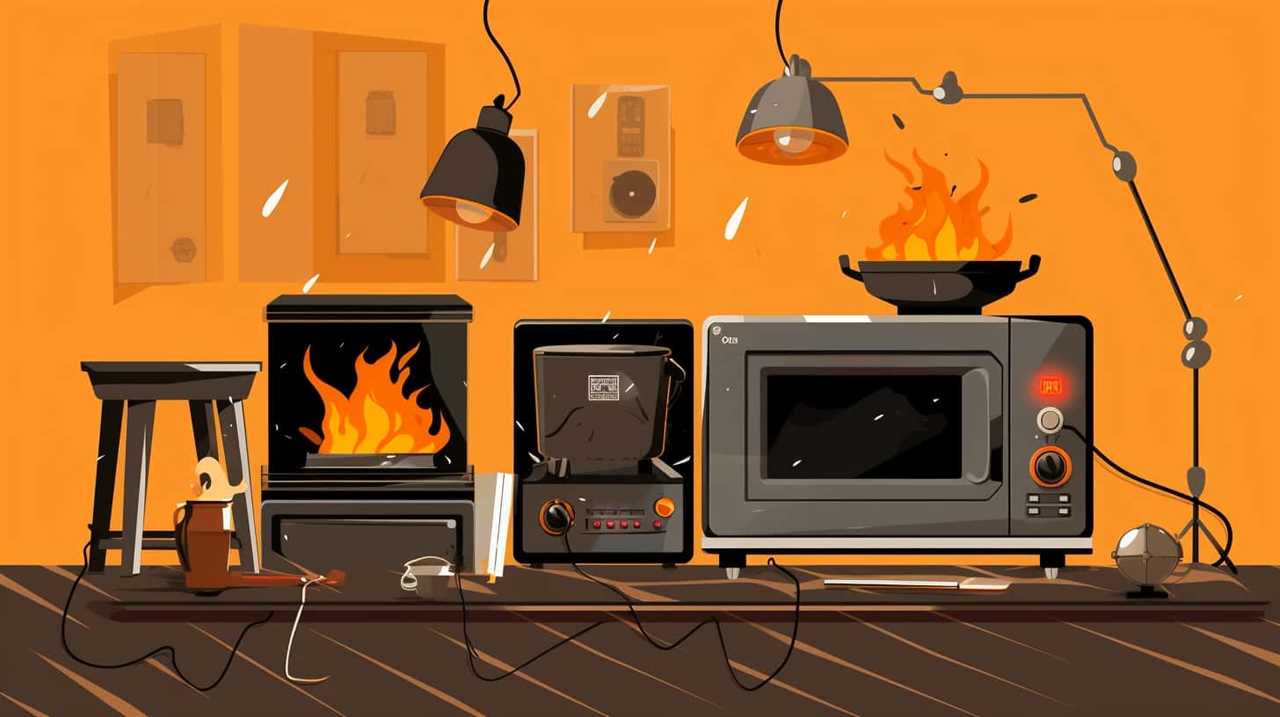
Impact of Global Pandemic
The global pandemic has significantly affected the affordability of appliances. The COVID-19 outbreak has had a profound global economic impact, leading to disruptions in supply chains and causing a ripple effect across industries.
In the case of appliances, there are two main ways in which the pandemic has impacted their prices:
- Reduced production capacity: Lockdowns and social distancing measures have forced factories to operate at reduced capacity or temporarily shut down, leading to a decrease in the overall supply of appliances.
- Increased demand: As people spend more time at home due to lockdowns and remote work, the demand for appliances has surged. This surge in demand has further strained the already weakened supply chain, leading to higher prices.
The global economic impact of the pandemic and the lack of supply chain resilience have resulted in higher prices for appliances, making them more expensive for consumers.
Tariffs and Trade Policies
Tariffs and trade policies have had a significant impact on the current expensive pricing of appliances. The implementation of tariffs on raw materials and components has disrupted global supply chains, leading to increased costs for manufacturers.

Additionally, trade policies and tensions between countries have resulted in trade barriers and restrictions, further affecting the availability and affordability of appliances.
Understanding the interplay between tariffs, global trade implications, and price fluctuations is crucial in comprehending the reasons behind the current high prices of appliances.
Impact of Tariffs
We have noticed a significant impact on appliance prices due to the implementation of tariffs and changes in trade policies. The tariffs imposed on imported raw materials and components have resulted in increased manufacturing costs for appliance manufacturers. This has directly translated into higher prices for consumers.
Additionally, changes in trade policies, such as the renegotiation of trade agreements or the imposition of trade barriers, have disrupted global supply chains and increased the cost of importing appliances. As a result, manufacturers are now facing higher costs for sourcing materials and components from alternative suppliers or domestic sources. These increased costs are ultimately passed on to the consumer, making appliances more expensive.
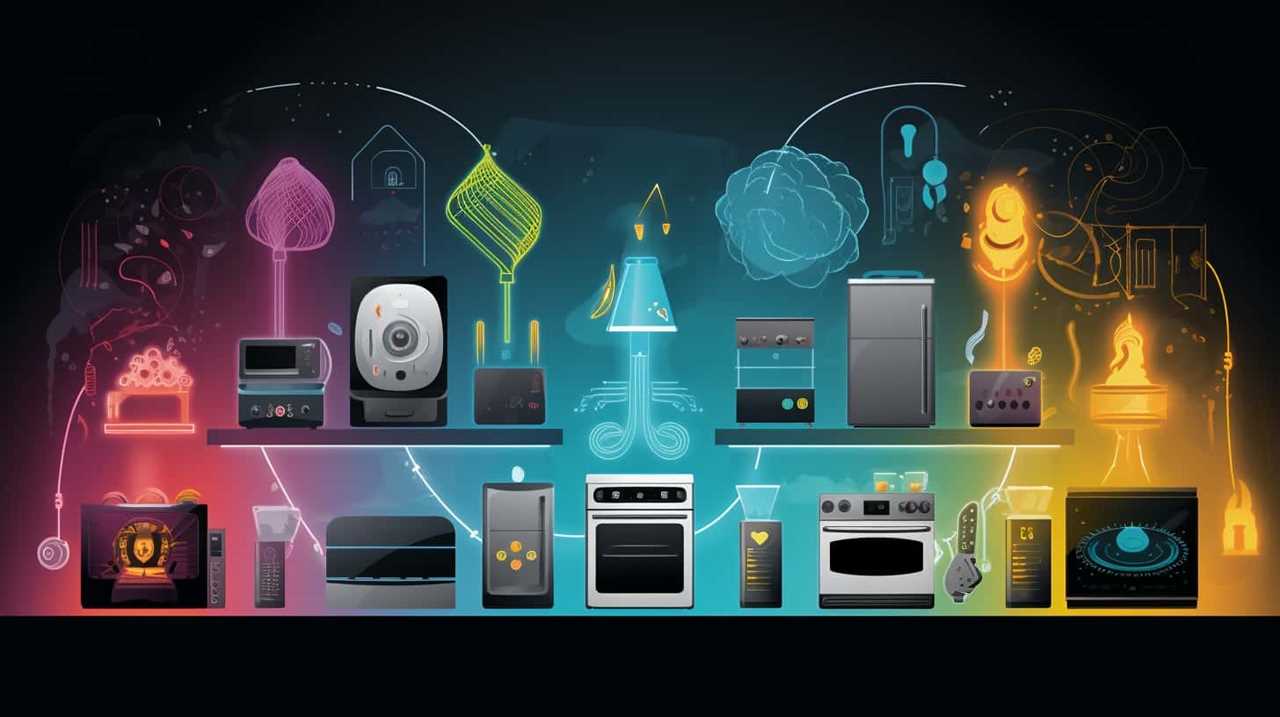
The impact of tariffs and trade policies on appliance prices highlights the interconnectedness of global trade and the far-reaching implications it has on everyday products.
Transition: Now that we’ve explored the impact of tariffs and trade policies on appliance prices, let’s delve into the global trade implications of these changes.
Global Trade Implications
Due to the implementation of tariffs and changes in trade policies, we’ve witnessed significant implications on global trade. Global trade agreements have been affected as countries impose tariffs on various goods, leading to increased costs and disruptions in supply chains. These tariffs have resulted in higher prices for appliances, as manufacturers pass on the additional costs to consumers.
Moreover, currency exchange rates have also played a role in the current situation. Fluctuations in exchange rates can impact the cost of imported goods, making them more expensive in the local market. This, coupled with the tariffs, further contributes to the rising prices of appliances.

As we delve into the next section about ‘price fluctuations explained’, we’ll explore the specific factors driving the increased costs of appliances in more detail.
Price Fluctuations Explained
Price fluctuations of appliances can be attributed to a combination of factors, with tariffs and trade policies playing a significant role. Here’s how they interrelate:
- Supply chain disruptions: Disruptions in the global supply chain, such as factory closures or shipping delays, can lead to a shortage of essential components and raw materials. This scarcity of inputs can drive up the cost of production, resulting in higher appliance prices.
- Increased demand: The COVID-19 pandemic has caused an unprecedented surge in demand for appliances, as people spend more time at home and invest in home improvements. This increased demand, coupled with limited supply, further contributes to price fluctuations.
These factors, influenced by tariffs and trade policies, create a complex landscape for the appliance industry, impacting both manufacturers and consumers. Understanding these dynamics is crucial to comprehend the current state of the market.
As we delve deeper into the discussion of price fluctuations, it’s essential to explore how labor and transportation costs also contribute to the overall increase in appliance prices.

Labor and Transportation Costs
Labor and transportation costs play a significant role in the current expensive prices of appliances. With rising labor expenses, manufacturers are facing higher wages and benefits for their workers, which directly impact the overall cost of production.
Additionally, increased transportation fees, including fuel costs and freight charges, further contribute to the higher prices consumers are seeing in the market.
These factors highlight the importance of considering not only tariffs and trade policies but also the underlying costs associated with labor and transportation when analyzing the reasons behind the current price surge in appliances.
Rising Labor Expenses
As we delve into the reasons behind the current surge in appliance prices, it becomes evident that rising labor and transportation costs play a significant role. When it comes to labor expenses, there are two key factors contributing to the increase in prices:
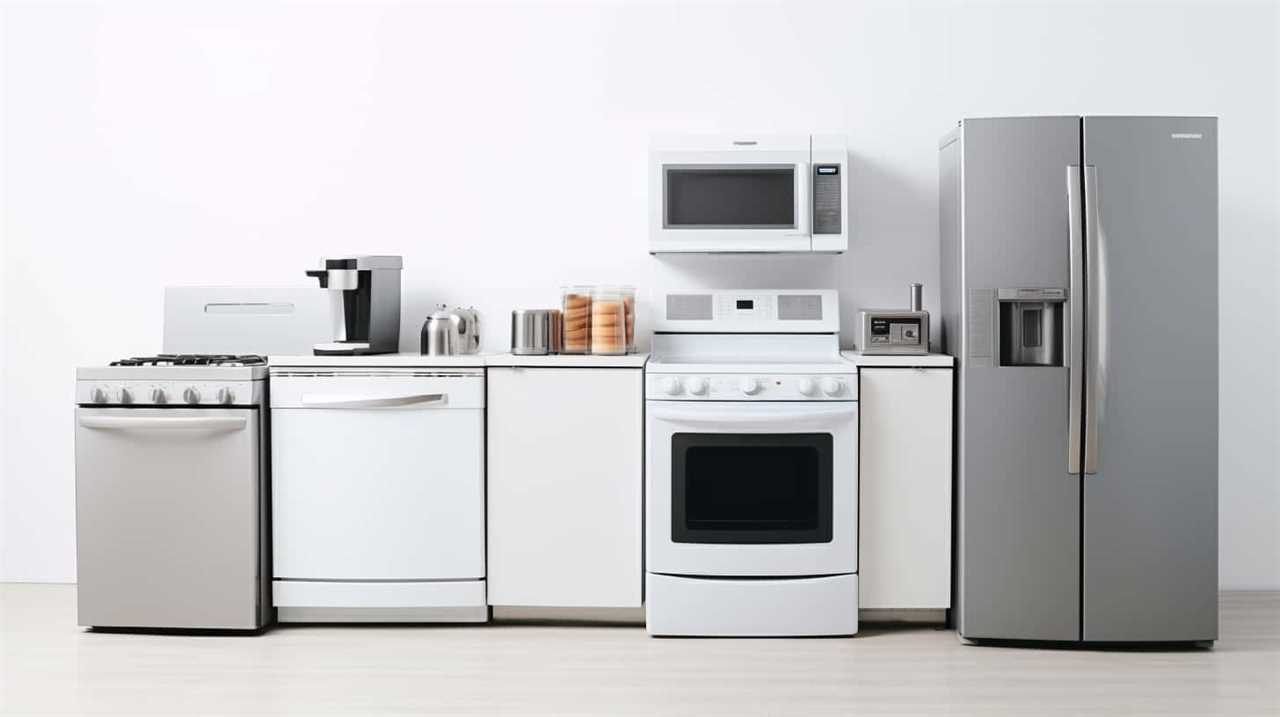
- Rising labor costs: The cost of hiring and retaining skilled workers has been on the rise. A shortage of skilled workers in the appliance manufacturing industry has led to increased competition for talent, driving up wages. As a result, manufacturers have to allocate more of their budget towards labor costs, which ultimately affects the final price of appliances.
- Skilled workforce shortage: The demand for appliances has soared in recent years, but the supply of skilled workers hasn’t kept pace. This shortage has further intensified the competition for labor and increased the cost of hiring skilled technicians and assembly line workers. The need for specialized skills in appliance manufacturing, such as electrical and mechanical expertise, contributes to the scarcity of qualified workers.
These rising labor expenses directly impact the pricing of appliances, as manufacturers pass on the increased costs to consumers.
Increased Transportation Fees
We have also seen an increase in transportation fees, which has contributed to the rising costs of appliances. The COVID-19 pandemic has disrupted global supply chains, causing a surge in shipping costs and import/export fees. As a result, manufacturers and retailers are facing higher expenses in transporting appliances from production facilities to retail stores or customers’ homes.
To illustrate the impact of these increased shipping costs and import/export fees, let’s take a look at the following table:
| Transportation Costs | Percentage Increase |
|---|---|
| Ocean Freight | 30% |
| Air Freight | 40% |
| Trucking | 25% |
| Customs Duties | 15% |
The table highlights the significant percentage increases across different transportation modes. These additional costs are ultimately passed on to consumers, leading to higher prices for appliances. Import/export fees, including customs duties, further add to the financial burden faced by manufacturers and retailers.

As transportation fees continue to rise, it is crucial for consumers to understand the factors driving the increased costs of appliances.
Market Consolidation
The current spike in appliance prices can be attributed to the ongoing consolidation within the market. Market competition and industry consolidation have created a landscape where a few dominant players are able to control prices and limit consumer choices. This consolidation has resulted in a lack of price competition, as smaller players are forced out of the market or acquired by larger companies. As a result, consumers are left with fewer options and higher prices.
On one hand, consolidation can lead to economies of scale, allowing companies to reduce costs and improve efficiencies. This can benefit consumers in the long run.
On the other hand, consolidation can also lead to reduced innovation and fewer product options. When there are fewer competitors, there’s less incentive to invest in research and development.

However, despite these challenges, the appliance industry continues to push forward with product innovation and features.
Product Innovation and Features
When it comes to the rising prices of appliances, one factor that can’t be overlooked is the cost of advancements in product innovation and features.
As technology continues to advance, manufacturers are constantly striving to develop new and improved features that cater to the demands of high-end consumers. These advancements require significant investment in research and development, which ultimately drives up the cost of appliances.
Additionally, the increasing demand for high-end appliances with innovative features further contributes to their higher price tags.

Cost of Advancements
After conducting extensive research, we found that the cost of appliances has risen significantly due to the incorporation of advanced product innovations and features. These advancements impact the manufacturing process, materials used, and overall functionality of appliances, leading to higher production costs.
Here is a closer look at how these advancements contribute to the increased prices:
- Advancements in technology: With the rapid progress in technology, appliances now come equipped with smart features, touchscreens, and voice control capabilities. These technological advancements require specialized components and software, which add to the overall cost.
- Enhanced energy efficiency: Appliances now prioritize energy efficiency to reduce environmental impact and lower utility bills. However, developing and implementing these energy-saving features involves extensive research and development, which contributes to the higher cost.
High-End Consumer Demand
As we delve into the topic of high-end consumer demand, it is evident that the incorporation of advanced product innovations and features has played a significant role in driving up appliance prices. Consumers today have a growing appetite for high-end luxury appliances that offer cutting-edge technology and unique features. This shift in consumer behavior has led to a surge in demand for appliances with smart capabilities, energy efficiency, and sleek designs. Manufacturers have responded by investing heavily in research and development to create appliances that cater to these demands. The result is a wide range of appliances with innovative features such as voice control, app integration, and personalized settings. While these advancements enhance the overall user experience, they also contribute to the higher prices of appliances in the market.
| High-End Luxury Appliances | Advanced Innovations | Unique Features |
|---|---|---|
| Smart refrigerators with touchscreens | Voice control for hands-free operation | Customizable temperature zones |
| High-performance ovens with precision cooking modes | App integration for remote control | Self-cleaning capabilities |
| Built-in coffee machines with multiple brewing options | Energy efficiency for reduced utility bills | Built-in water filter systems |
| Designer washing machines with customizable cycles | Advanced sensors for optimal performance | Quiet operation for a peaceful home |
This table showcases some examples of high-end luxury appliances that have incorporated advanced innovations and unique features. These appliances not only provide convenience and efficiency but also elevate the overall aesthetic and functionality of the home. The demand for such appliances reflects the changing consumer behavior towards seeking products that offer both performance and style. However, it is important to note that these advancements come at a cost, as manufacturers invest in research, development, and production to meet these high standards. As a result, the prices of high-end appliances have risen to accommodate these added features and innovations.
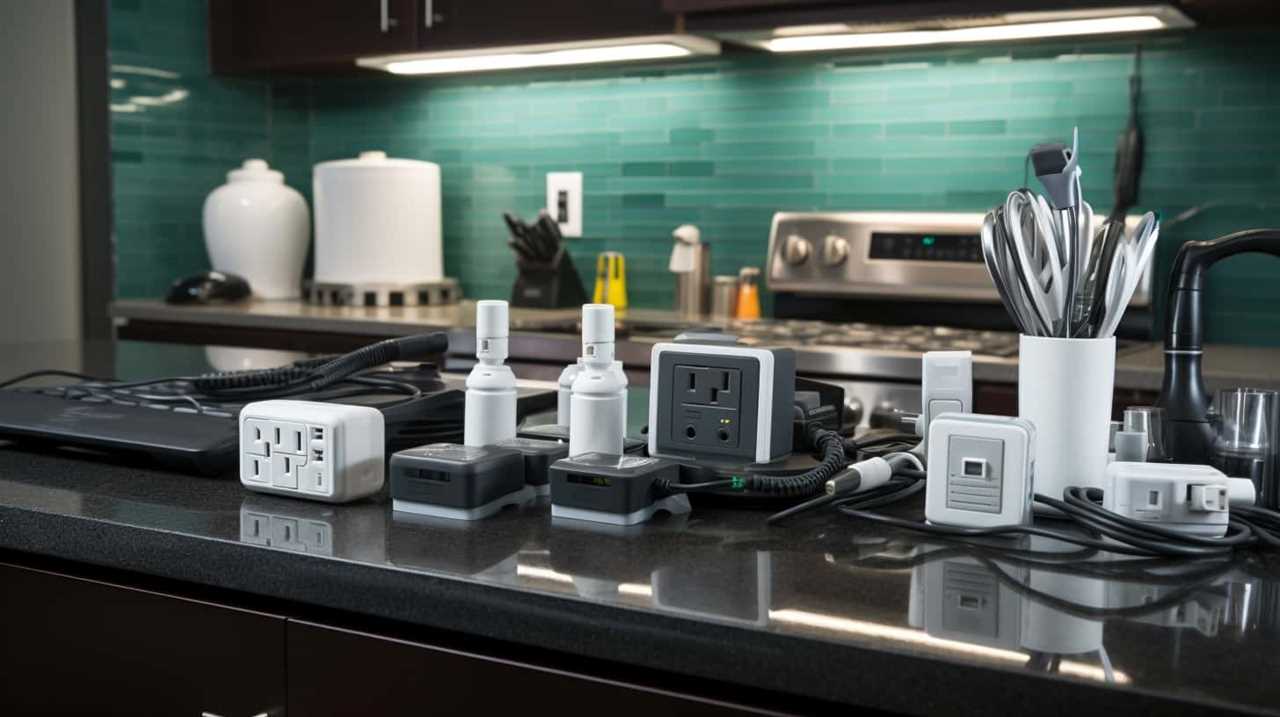
Changing Consumer Preferences
We frequently notice that our preferences as consumers are constantly changing. This phenomenon has been further amplified by the impact of the global pandemic, which has reshaped our priorities and lifestyles. As we adapt to new circumstances, our preferences for appliances have also undergone a significant transformation.
Here are two key factors influencing changing consumer preferences in the appliance market:
- Shift towards health and wellness:
- Consumers are increasingly prioritizing appliances that promote a healthy lifestyle, such as juicers, air purifiers, and exercise equipment.
- The pandemic has heightened awareness of cleanliness and hygiene, leading to a surge in demand for appliances like steam cleaners and UV sanitizers.
- Remote and smart functionality:
- With more people working and spending time at home, there’s a growing demand for appliances that offer remote control and smart features.
- Home automation systems, voice assistants, and connected appliances are becoming increasingly popular choices for consumers seeking convenience and efficiency.
Understanding these changing consumer preferences is crucial for appliance manufacturers to adapt their product offerings and meet the evolving needs of consumers in this dynamic market.
Seasonal Fluctuations in Pricing
One factor contributing to the current high prices of appliances is seasonal fluctuations. Seasonal demand plays a significant role in determining the pricing of appliances. During certain times of the year, such as the holiday season or when students are going back to school, there’s a higher demand for appliances. This increased demand leads to higher prices as manufacturers and retailers take advantage of the market.

Additionally, the economic downturn caused by the pandemic has further exacerbated the pricing situation. Supply chain disruptions, increased production costs, and a shortage of raw materials have all contributed to the higher prices of appliances.
As a result, consumers are facing the challenge of having to pay more for essential household appliances during these uncertain times.
Frequently Asked Questions
How Can Consumers Navigate the Current Market to Find Affordable Appliances?
To navigate the market and find affordable appliances, we need to be savvy consumers. By researching prices, comparing different brands, and looking for deals or discounts, we can make informed choices that fit our budget.
Are There Any Government Initiatives or Programs in Place to Help Alleviate the High Cost of Appliances?
Government assistance programs are crucial in addressing affordability concerns. By providing subsidies or tax incentives, they can help alleviate the high cost of appliances. These initiatives are essential for consumers to navigate the current market and find affordable solutions.
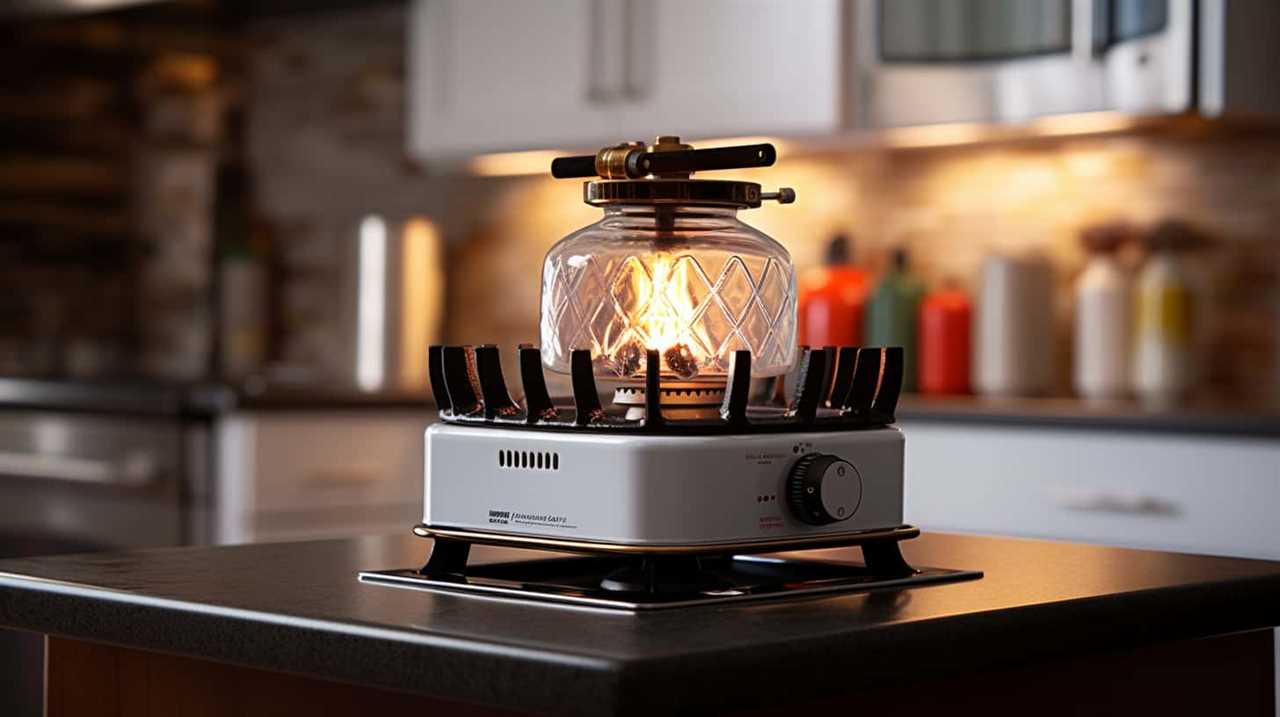
What Long-Term Impacts Might the Current Appliance Shortage Have on the Industry?
The current appliance shortage could have long-term implications and industry consequences. The shortage may lead to increased prices, reduced customer satisfaction, and a shift in consumer behavior. This could reshape the industry landscape and force companies to adapt.
Will There Be Any Significant Changes in Appliance Pricing Once the Shortage of Semiconductors Is Resolved?
When the semiconductor shortage is resolved, we anticipate significant changes in appliance pricing. The current high prices are a result of limited supply. Once the shortage is resolved, prices should stabilize and potentially decrease.
How Are Manufacturers Adapting Their Production Processes to Mitigate the Impact of Rising Material Costs?
Manufacturers are adapting their production processes to mitigate the impact of rising material costs. They are implementing efficient supply chain strategies and exploring alternative sourcing options to maintain profitability and minimize price increases.
Conclusion
In conclusion, the current surge in appliance prices can be attributed to various factors. These include supply chain disruptions, increased demand, rising material costs, semiconductor shortages, and the impact of the global pandemic.

This perfect storm of circumstances has created a challenging market environment, resulting in higher prices for consumers. As we navigate these unprecedented times, it’s important to acknowledge the complexities behind these price hikes.
It is also crucial to make informed decisions when purchasing appliances, considering both functionality and affordability. This means understanding the reasons behind the price increases and evaluating if the appliance meets your needs and budget.
Taking these factors into account will help consumers make smarter choices and adapt to the current market conditions.










